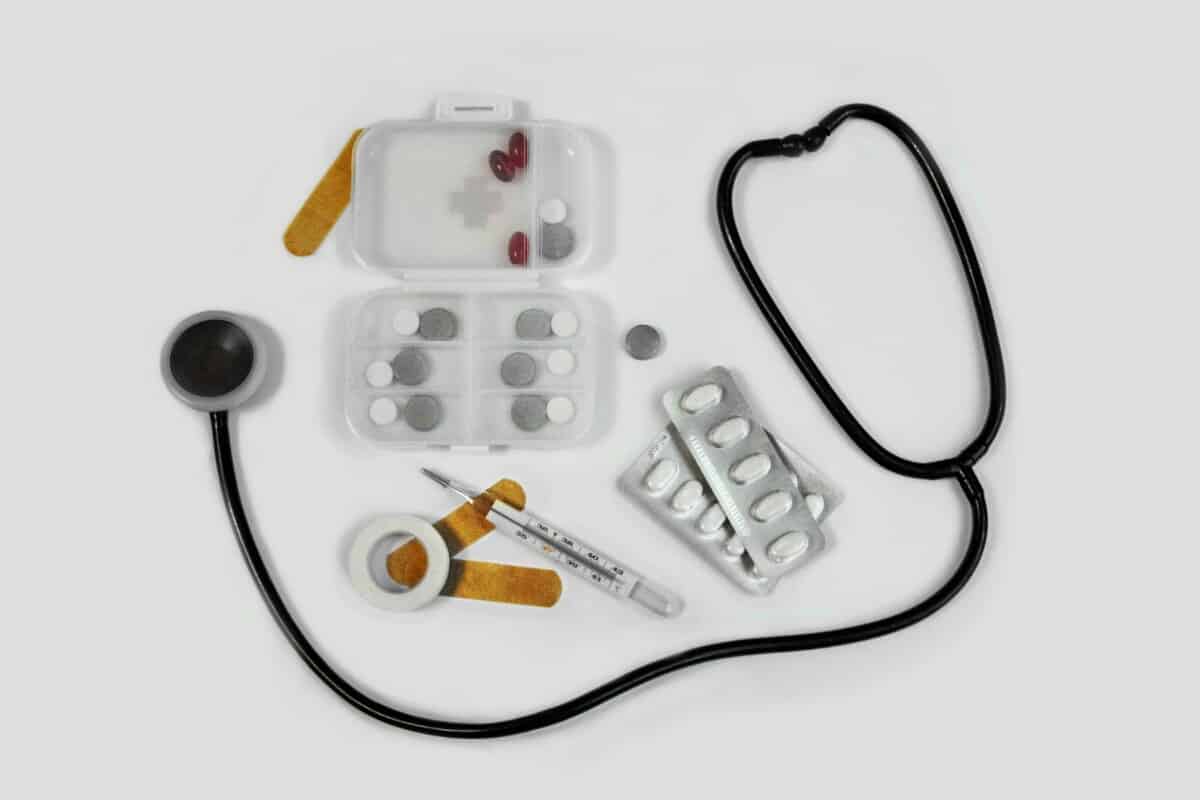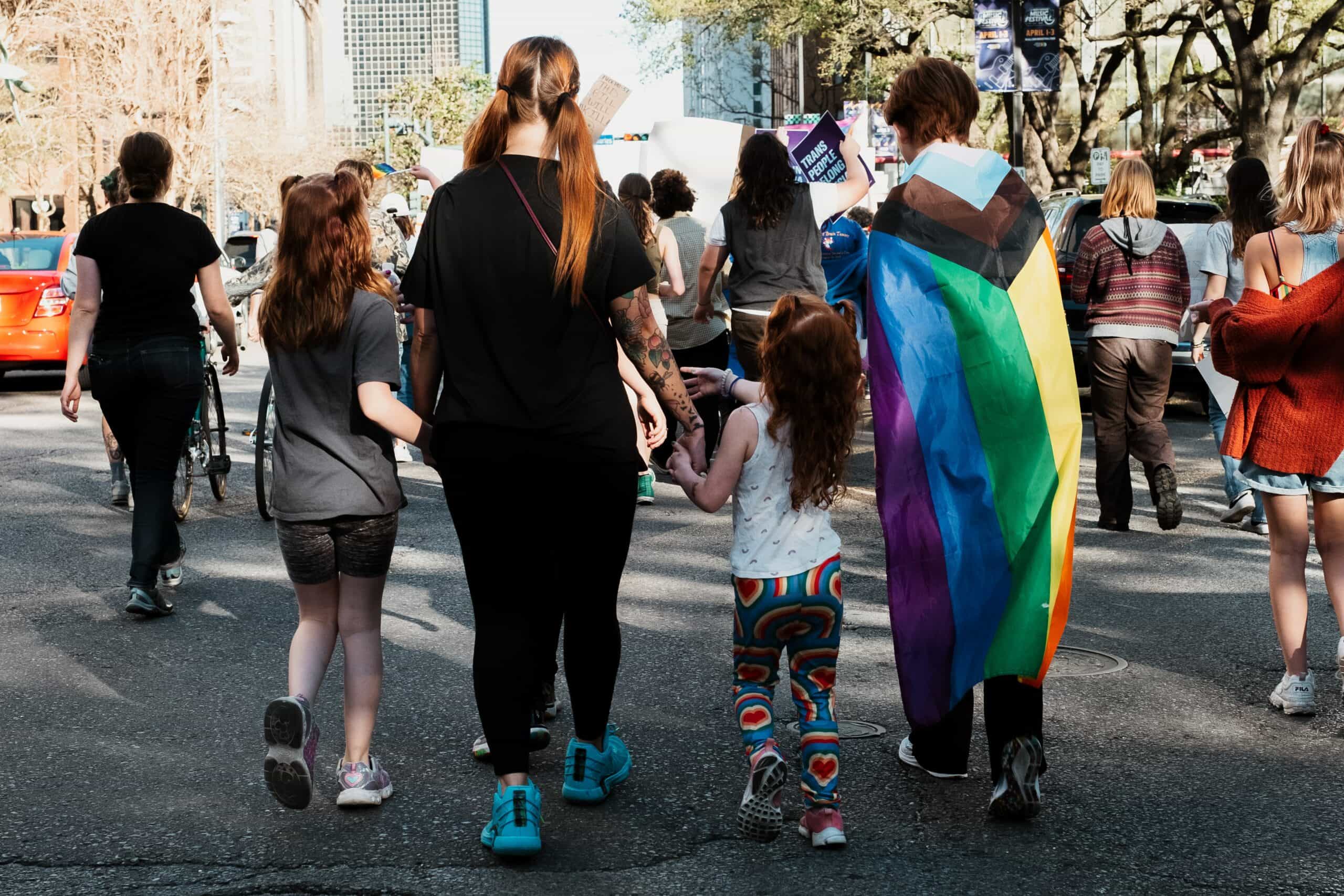What is IVF
In vitro fertilization is an ART (Assisted Reproductive Technology) process where a person’s eggs are harvested, fertilized in a lab with sperm, grown into an embryo, and then transferred to a carrier’s uterus. The carrier can be the same person who supplied the eggs or a gestational carrier (surrogate).
IVF is the most invasive, expensive, and (statistically) effective form of artificial insemination available.
Who uses IVF
If you have ovarian anatomy, you could be a good candidate for IVF if you fall into one of the following groups:
- You’re over the age of 40.
- You have known fertility challenges.
- You are interested in Reciprocal IVF.
- You’re a surrogate / gestational carrier.
- You’re a trans man or enby, and want to freeze eggs or embryos for a future pregnancy.
- You have been TTC for 6-12 cycles (consecutively) and have not yet conceived.
- After 6 unsuccessful attempts of IUI a fertility clinic will often recommend IVF. Some insurance policies will only cover IVF under this circumstance.
IVF Process
1. Ovarian Stimulation
The first step is using fertility drugs to stimulate the ovaries. These medicines will cause more eggs to be produced than is typical during a normal cycle. (Usually only one egg is released each month.)
Multiple medicines are often used including oral medicine and injections (gonadotropins). These drugs can cause side effects which may range from mild to severe depending on which drugs are used and the individual’s reaction.
Blood tests are performed to monitor changing hormone levels. And ultrasounds are used to confirm the eggs are maturing.
2. Ovum Retrieval
Next, the eggs are retrieved, which occurs through a process called follicular aspiration, or transvaginal ultrasound aspiration. This is a minor surgery. The person having the procedure is awake and given medicine so they are calm and do not feel pain.
3. Insemination and Fertilization
After that, the eggs are fertilized in a lab using washed sperm. You can either use sperm from a sperm bank, or, if you are using a known donor, the lab can likely wash the sperm sample. The lab may also perform a semen analysis for motility and sperm count before fertilization.
The most common fertilization method is just to mix together the sperm and eggs in a controlled environment.
Another fertilization method, called ICSI, can be used if there’s a known issue with sperm motility or if previous IVF attempts have failed.
4. Embryo Growth
The fertilized eggs then begin cellular division (mitosis) and are grown in a culture medium for a few days. If genetic testing is desired, this is the stage where that takes place.
5. Embryo Transfer
The last step is to transfer one or more embryos into the uterus of the person who wants to carry the pregnancy (which can be the same person as the egg donor, their partner or a surrogate).
Reciprocal IVF
Reciprocal IVF is an option for lesbian couples, or couples where both partners have ovarian anatomy. One partner supplies the eggs for fertilization and the other carries the pregnancy.
If the goal is to have the process take place on the same cycle, then the partners’ monthly cycles are aligned with fertility medication and fresh embryos are implanted. Frozen embryos can also be used for future transfer attempts.
Cost of IVF / Reciprocal IVF
The cost of IVF ranges from $5k – $25k per cycle. Typically the cost is at least $10k. Insurance may cover IVF, reducing an individual’s cost to applicable co-pays and deductibles. But that depends on the state in which you live and your specific insurance policy.
Some states mandate IVF coverage for infertility. Since queer and trans people may not be using IVF due to infertility but rather as a conception option, it’s best to check with your specific insurance provider. Policies range widely. Some plans only cover IVF after at least 6 unsuccessful IUI attempts.
- If you’re using a surrogate and working with an agency, IVF is typically part of the surrogate cost package.
- Since Reciprocal IVF involves two people instead of one, the costs are generally higher (often over $20k).
Queer Friendly Resources
Finding a queer or trans friendly fertility clinic is important to ensuring a more comfortable and respectful experience. Most major cities in the US are close to a fertility clinic that claims to be LGBTQIA+ friendly. It’s definitely worth investing some time to research and check reviews.
- IVF Options has a list of over 300 fertility clinics. The site will request contact information but you can just click on each location link to search without giving out personal info. The site does not specify whether or not a clinic is queer friendly.
- This article from Flo gives some pointers for queer and trans people who are searching for a fertility clinic. TL;DR – the biggest tips are to ask your health provider, check with queer people in your community, and ask the clinic inclusive questions.


